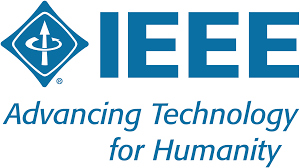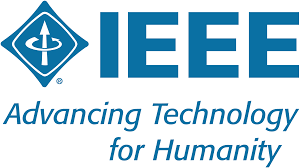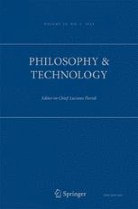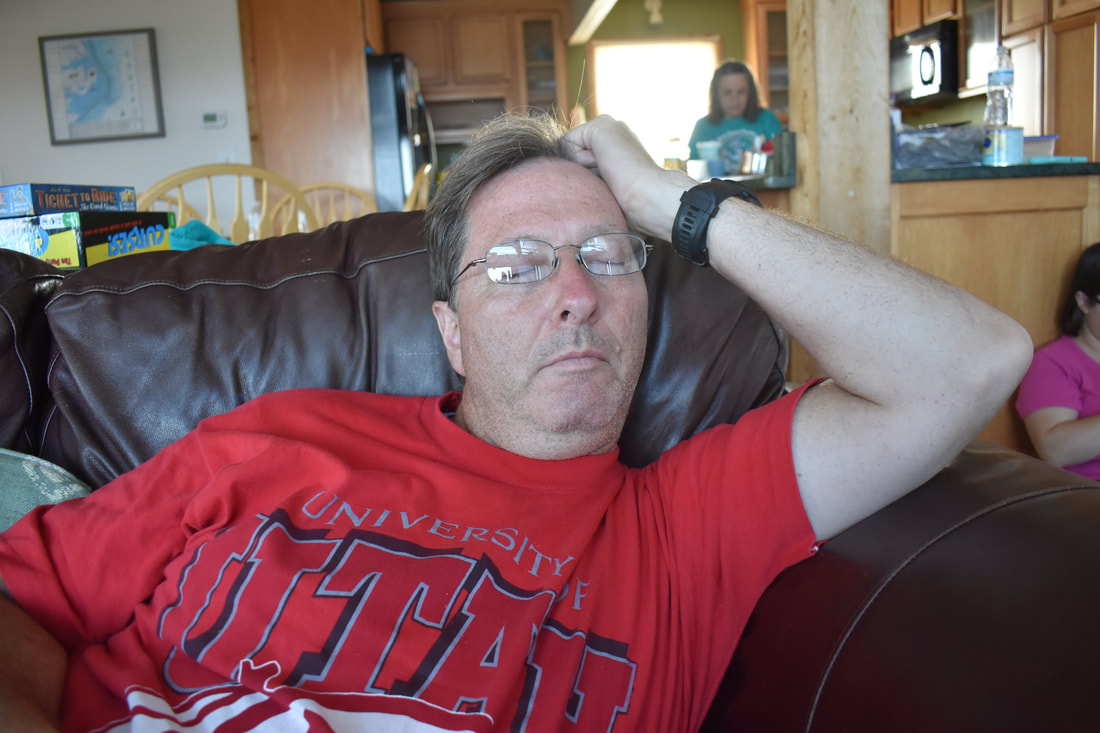Here’s the link to the full interview:
https://spectrum.ieee.org/touchscreens
“One of the biggest observations I made was that a lot of fears and fantasies around pushing buttons were the same 100 years ago as they are today. I expected to see this society that wildly transformed and used buttons in such a different way, but I saw these persistent anxieties over time about control and who gets to push the button, and also these pleasures around button pushing that we can use for advertising and to make technology simpler. That pendulum swing between fantasy and fear, pleasure and panic, and how those themes persisted over more than a century was what really interested me. I liked seeing the connections between the past and the present.”
Plotnik notes how touch screens are more visual than tactile. This can make user interfaces difficult for visually impaired. Button are purely tactile.
“If you look at gamers playing video games, they want to push a lot of buttons on those controls. And if you look at DJs and digital musicians, they have endless amounts of buttons and joysticks and dials to make music. There seems to be this kind of richness of the tactile experience that’s afforded by pushing buttons. They’re not perfect for every situation, but I think increasingly, we’re realizing the merit that the interface offers.”
Personally, I tend to be agnostic when it comes to human interface with machines, specifically my human interfaces. However, I have long worried about the risk of losing a screen causing a total loss of the device it controls. I also don’t like distractions while driving. Looking at a touch screen on a phone has caused way more accidents than the half second it takes to find the volume or tuning knob on a car dashboard. Once you touch an actual button there is no longer need to look at it while using it.
“I like the idea that people who are in the humanities studying these things from a long-term perspective can also speak to engineers trying to build these devices.” That is, if engineering departments take user-experience feedback into account. There are plenty of designers out there who feel they ‘know better’ than the people who receive the devices and software they are cranking out. I would argue that sometimes there is more in the field of design about keeping up with the Jones’ than listening to consumers.
For a number of years, I attended the Washington DC auto show. I did this not to look at the cars, but to check out the ‘infotainment’ systems (also known as head units) in the dashboards. In my role at NPR back then I was interested in how our over-the-air audio and metadata was being displayed in the menu system of each car. The trend setters were definitely de-buttanizing back then. I’m happy to hear in this interview that the opposite may be happening now. Maybe it’s ok that I held onto that large stereo system in our family room. As the saying goes, ‘everything old is new again’.
























 RSS Feed
RSS Feed